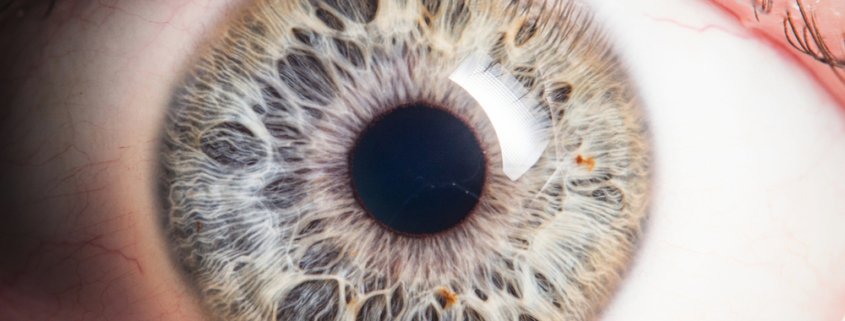Your Cornea Is Sensitive, Make Sure You Take Care Of It
Do you know that the cornea is the most commonly transplanted human tissue with the highest success rate?
Yes, it is and that’s because your cornea works really hard to the point that it is prone to accidental damage. The cornea is the outer layer that’s the first contact between your eye and the world.
Approximately, eye doctors perform more than 40,000 corneal transplants every year. Why do they have to? This five-layered surface of the eye takes a beating, often inadvertently.
People expose it to UV rays from the sun. They grind their knuckles into their eyes from habit or to stop itching. Worst of all, they leave contact lenses in so long — especially when asleep — that corneal ulcers occur.
Think of your cornea as a flexible windshield. It catches dust, grit and bacteria and keeps debris at bay. Tears rain over it each time you blink. If it’s damaged, you need to act quickly; a problem left unattended may get worse and prevent you from seeing clearly what’s in front of you.
Your cornea focuses two-thirds to three-fourths of the light reaching your eye. It bends light onto the lens, which refocuses light onto the retina. The retina converts light to electrical impulses that travel down the optic nerve to the brain and get interpreted as images.
The cornea has the densest concentration of nerves of any human tissue. At the same time, it has no blood vessels, which is why the body seldom rejects a transplant. And it’s resilient: It bounces back from minor injuries or scratches, though deeper injuries cause harmful scarring. Blurry or reduced vision, halos, glare or headaches may indicate various eye problems, but pain and redness specifically suggest corneal concerns.
Many eye ailments become more common with age.
The most common corneal loss of clarity mainly affects people in their teens and 20s. It’s keratoconus, a progressive thinning and distortion that afflicts one American in 2,000. A new treatment, corneal cross-linking, doesn’t cure the condition but keeps it from getting worse: Doctors saturate the cornea with riboflavin, expose it to a wavelength of UV light, and a chemical reaction with oxygen stiffens the tissue permanently.
This is an exciting time for corneal research. Ophthalmologists now treat individual layers of the cornea, making partial transplants instead of full ones. For example, Fuchs’ dystrophy affects the back layer, where pumping cells carry fluid out of the eye to prevent swelling. Physicians go in from the side, remove a defective area, insert donor tissue containing healthy pumping cells and push it against the front of the cornea with an air bubble.
Doctors use drops as an ongoing defense against mild corneal problems, but two types need drastic measures. The first is any chemical burn or splashback; those require immediate medical attention.
The second is a corneal ulcer, which can get painful – and dangerous – quickly. The likeliest causes? Foreign body material in the eyes or contact lenses left in while you sleep. Whatever advertisers claim about soft or extended-wear lenses, take them out every time you plan to get at least four hours of shuteye.
Your eye health should be as much of a priority for you as your overall health. Shinagawa has the ability to give you the corresponding eye care that you need.
Let’s take a look at your eyes and cornea to see how they are doing. Call our Patient Care Lines: (+632) 368 5238 l (+63) 917 862 7454 l (+63) 921 217 0517 to schedule an appointment for eye consultation or LASIK screening.





Leave a Reply
Want to join the discussion?Feel free to contribute!